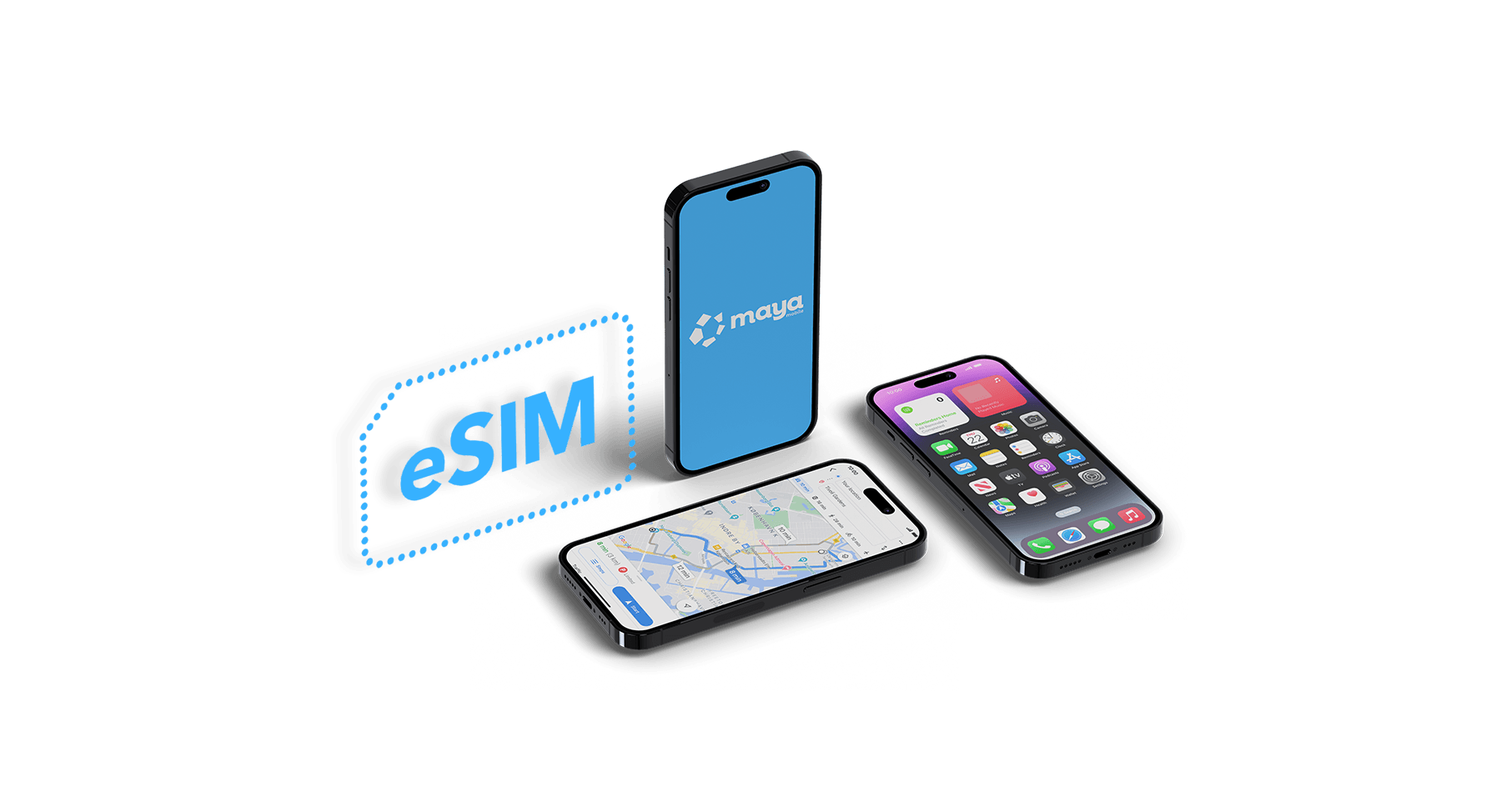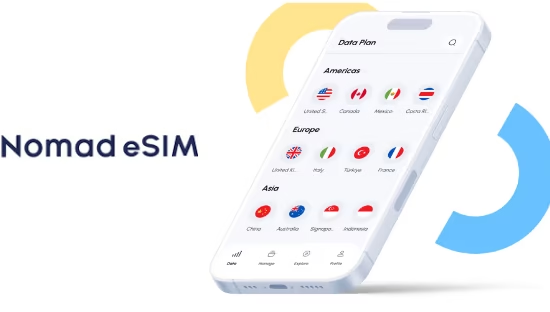
Regulatory Roadblocks to eSIM Expansion: Where Travel eSIMs Hit a Wall
Let’s chat. If you’re into travel tech—or just someone tired of juggling SIM cards every time you’re hopping countries—you’ve probably heard about eSIMs. These digital SIMs promise instant connectivity, no physical fuss, and borderless roaming. Sounds magical, right? But behind the scenes, the expansion of travel eSIMs faces a labyrinth of legal, compliance, and licensing hurdles. eSIM regulations by country
So let’s unpack where things get sticky, especially in key travel markets, and explore how savvy providers can navigate—or even bypass—these regulatory roadblocks.
Global Standards vs. Local Quirks
First, let’s talk standards. On the global stage, we’ve got the GSMA’s eUICC and SGP architecture setting the rules for how eSIM provisioning works—remote profile management, security, compatibility, all that jazz. Nice foundation—but the problem? Every country interprets, adds to, or even ignores those standards differently. There’s a patchwork of inconsistent standards and certification processes that slows deployment and muddies interoperability.
Local Laws: Data Privacy, eKYC, Licensing
Let’s swing into real-world issues. In the EU, for instance, eSIMs must comply with GDPR—so your provider needs rock-solid data handling, encryption, and privacy controls. Head over to the U.S., and you’re navigating something like CCPA (California) along with sector-specific privacy rules. These differences add up fast, especially for providers pushing into multiple markets.
eKYC is required in many—but not all—countries, especially for data-only eSIMs. That means verifying identity, storing documentation, and often partnering with a local telecom operator who already has the infrastructure and regulatory approvals to handle it.
Voice, SMS, Phone Numbers: Not Just Data
Here’s something travelers don’t always realize: only licensed Mobile Network Operators (MNOs) can issue phone numbers or support SMS and voice services in most jurisdictions. That’s why a lot of travel eSIM offers are data-only. Want voice or SMS? You’re probably dealing with a local operator, or else jumping through regulatory hoops to get number allocation rights—a costly and time-consuming process.
Country-Specific Bans and Restrictions
Cue the frustrating headlines. In Turkey, the telecommunications regulator recently blocked access to the websites and apps of major international eSIM providers like Airalo, Holafly, Ubigi, and Saily. Basically, once you land, you can’t manage your eSIM unless you have activated it beforehand. It’s not just a nuisance—it’s a full stop. Travelers must prep ahead and install and test the eSIM before departure.
And it’s not alone. Other countries—like UAE, Nigeria, Brazil, Russia, India, and China—have complex or restrictive eSIM policies. These can range from partial rollouts to complete non-acceptance of eSIMs.
Emerging Markets and Infrastructure Gaps
Now, let’s zoom in on developing markets. Here, even if regulations are somewhat open, the infrastructure—including local operator support, eSIM provisioning capabilities, and device compatibility—is often lagging. For example, Southeast Asian giants like Singapore and Thailand have advanced eSIM ecosystems. But others, like Indonesia or the Philippines, are still mired in legacy systems and cautious regulatory environments.
Device Compatibility Shortfall
Guess what? If your phone doesn’t support eSIM—or the local operator hasn’t certified that device—well, you’re out of luck. As of 2025, over two-thirds of new smartphones support eSIM, though older and budget models may still lack it. So even if the rules are friendly, your hardware might not be.
So… How Can Providers Localize and Comply?
I said we’d chat about solutions too. Here’s how forward-thinking travel eSIM providers (and MNOs wanting in on this boom) can smooth the legal rough edges:
- Partner with local MNOs or MVNOs wherever possible. That gives you a foot in the door on licensing, eKYC, number assignment, and customer support networks. These local partners already have compliance structures in place—eSIM gets their tailwind.
- Activate and deliver eSIMs pre-departure. Especially key for markets like Turkey, where local websites and apps are banned. Encourage users to download, install, and test before boarding the flight.
- Build in multi-region compliance frameworks. For data/privacy, eKYC, security certifications—have modular, scalable compliance stacks for each region, rather than a one-size-fits-all approach.
- Prioritize markets with clear regulatory frameworks. Think Europe, North America, parts of Asia like Singapore, Thailand. These regions offer smoother paths for expansion and generate learnings you can port elsewhere.
- Support data-only plans as the baseline. Voice/SMS/number issuance? Only when regulation supports it or via local partners. Else, keep it simple—data-only often flies under the complex licensing radar.
- Educate travelers and build trust. Being transparent about limitations (e.g. “Your eSIM won’t work if downloaded after arrival in Turkey”) builds credibility and reduces customer friction.
- Use flexible provisioning platforms (SM‑DP+) and robust security. Having remote SIM provisioning that’s standards-compliant and secure helps you adapt swiftly when regulations shift.
Final Thoughts about eSIM regulations by country
Look, eSIMs are ushering in the next frontier of travel connectivity—faster, sleeker, and more flexible than ever. But the road is anything but smooth: inconsistent standards, local licensing limits, privacy laws, device compatibility struggles, and outright bans in some places slow the journey. The good news? With smart local partnerships, compliance-first infrastructure, and traveler-first communication, providers can scale—and empower travelers to roam freely, without the paperclip or SIM tray.
So next time you land somewhere, and your phone just works—credit the behind-the-scenes policy navigation that made it possible.











